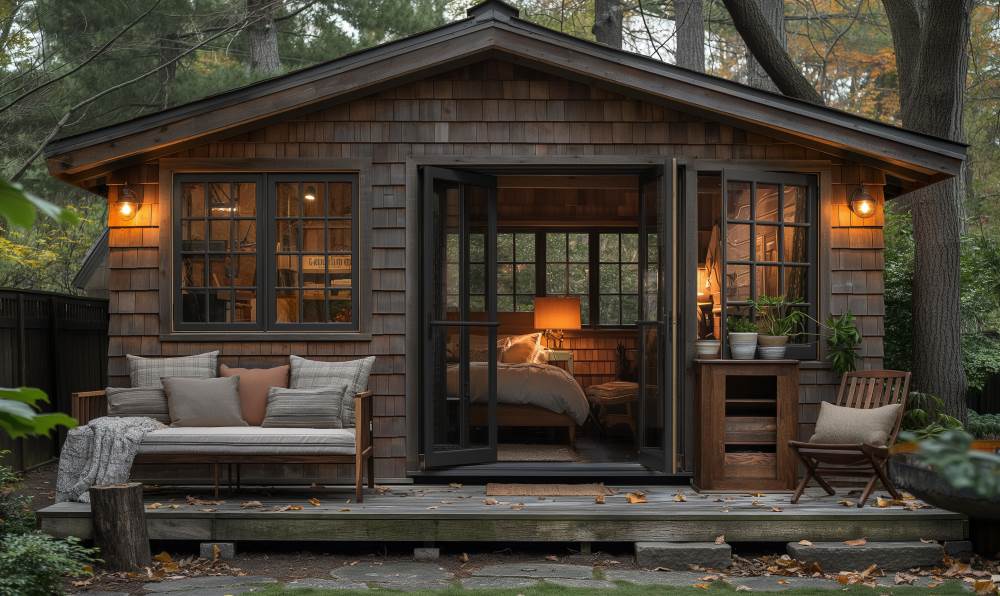California’s housing market is notorious for its tight inventory and skyrocketing prices. In an effort to address affordability and create more housing options, Assembly Bill (AB) 1033 was signed into law in October 2023. This legislation introduces a significant change to the Accessory Dwelling Unit (ADU) landscape – the potential to sell ADUs as condominiums, subject to local government approval.
Breaking Down the Barriers:
Previously, homeowners could only rent out ADUs as part of the main property. AB 1033 removes this restriction at the state level, paving the way for separate sales. This opens doors to several possibilities:
- Increased Investment: The ability to sell ADUs unlocks a new avenue for investment. Individuals can now purchase ADUs as separate properties, potentially generating rental income or future resale value.
- A Path to Homeownership: For some Californians struggling to afford a traditional single-family home, ADU ownership could become a more accessible option. This could be particularly appealing to younger generations or those seeking a more compact living space.
- Boosted ADU Market: With the potential for ownership and appreciation, the ADU market is expected to see a surge in interest from both builders and potential buyers. This could lead to a greater number of ADUs being constructed across the state.
Local Control and Considerations:
While AB 1033 opens the door for separate ADU sales, the decision ultimately rests with local governments. Cities and counties have the authority to adopt ordinances that allow or restrict ADU sales within their jurisdictions. Here are some key factors to consider:
- Zoning Regulations: Local zoning codes will need to be updated to define the process and requirements for selling ADUs as separate units. This may include regulations on minimum lot size, parking availability, and potential limitations on the number of ADUs that can be sold on a single property.
- Impact on Neighborhoods: Concerns regarding potential overcrowding or changes in neighborhood character might be addressed through specific design guidelines or limitations on ADU size and density.
- Community Needs: Local governments can leverage ADU sales as a tool to address specific housing needs. For example, ordinances could prioritize ADU sales to income-qualified buyers, potentially increasing affordability options.
Unveiling the Potential Benefits:
The potential benefits of AB 1033 extend beyond individual homeowners and buyers:
- Increased Housing Supply: By creating a new ownership category for ADUs, the overall housing inventory in California could see a significant increase. This could help alleviate the housing shortage and potentially moderate housing prices in the long run.
- Economic Growth: The construction and sale of ADUs will generate economic activity, creating jobs in the construction and real estate sectors.
- More Diverse Housing Options: The availability of ADUs for purchase caters to a wider range of housing needs and preferences. This can benefit young professionals, retirees, and multigenerational families seeking more flexible living arrangements.
The Road Ahead:
AB 1033 marks a significant step towards a more diverse and accessible housing market in California. While local implementation remains crucial, the potential for ADU sales holds promise for both homeowners and the housing market as a whole. As cities and counties develop their ordinances, it will be interesting to see how they utilize this new tool to address their specific housing challenges and opportunities.


